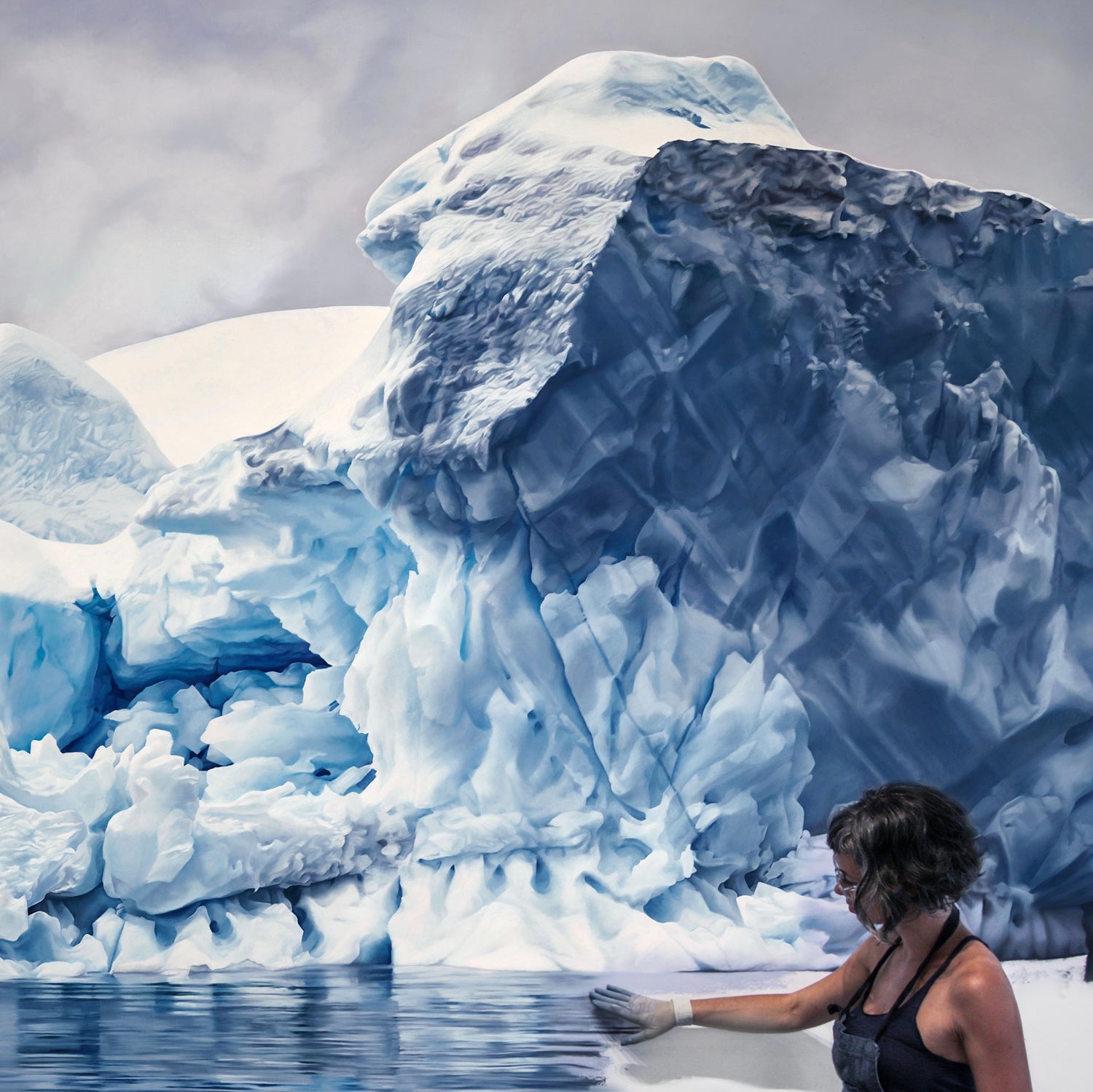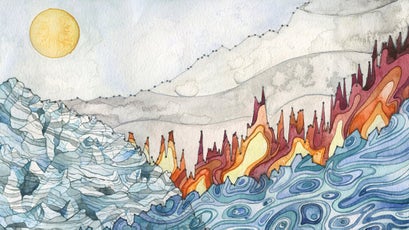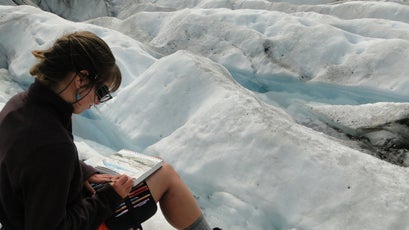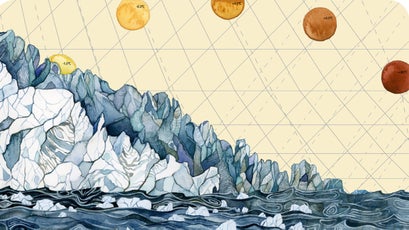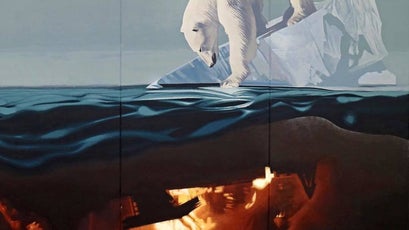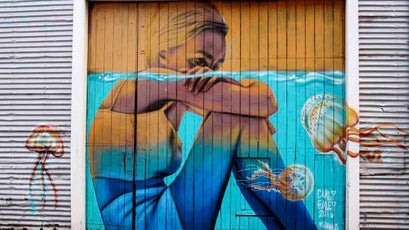Climate change data has its problems: It is often lofty and complicated, hard to digest, and even harder to conjure into feelings of urgency. But artists are stepping in to marry data with their crafts, bridging the gap between scientific information and human connection. Recognizing that people often act by heart rather than logic, these ten artists aim to help viewers understand the data while developing an emotional attachment that convinces them to do something about it—now.
Zaria Forman
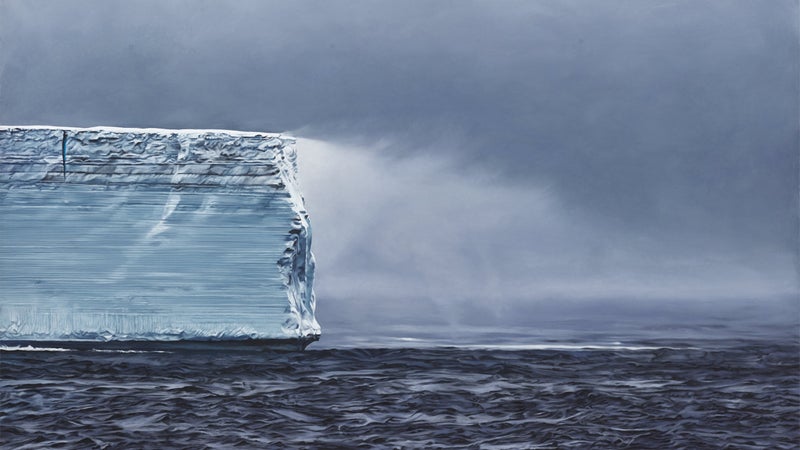
Amid the dire reality of melting ice sheets and subsequent rising sea levels, opts to spotlight the beauty: “A bombardment of terrifying news is paralyzing, but focusing on the positive is empowering.” Forman’s staggeringly realistic paintings capture the majesty and fragility of the icebergs. Look closer and you’ll see the finely painted ice fjords crackling, crumbling, and melting. Still, Forman’s message always leans toward hope and action. “I try to celebrate what is still here; to give viewers the sense that it is still possible to do something to protect this Earth that sustains us.”
Sean “Hula” Yoro
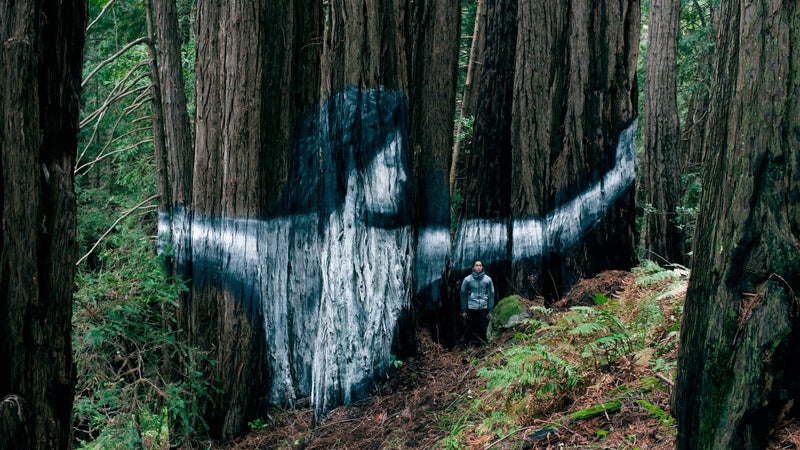
Growing up in Hawaii, was raised to respect nature. The surfer and self-taught artist creates murals usually involving portraits on hard-to-reach locales like ship docks and dams to illustrate the changing landscape. In some cases, he paints on natural surfaces like icebergs or forest trees, letting the figures rapidly melt or get washed away by natural forces to create a sense of urgency. “The idea of my art not lasting adds another depth to the message and feels more real,” says Yoro.
Jill Pelto
At 24, painter and environmental science student is already establishing a new kind of art informed by scientific data and inspired by early 20th-century explorers like . Pelto knows that her generation and those that follow are the ones inheriting the issues and that the research isn’t always simple to digest. “I also find that many people just don’t pay attention,” she says. Her illustrations depict the same kind of graphs you might find in a textbook (decline in glacier mass balance; ocean acidification; deforestation) overlaid with watercolor paintings of the affected natural wonders, bringing the research to life.
PangeaSeed
Murals can transform cities and inspire change. Photographer Tre’ Packard, who founded with his wife to promote environmental activism through art and education, applies the same concept to ocean conservation. The organization’s festivals, hosted in cities around the world, unite artists with scientists to create abstract street art that encourages dialogue. “I’m not delusional,” says Packard. “I know we are not going to change the world, but small efforts add up. We want to lead by example.”
Courtney Mattison
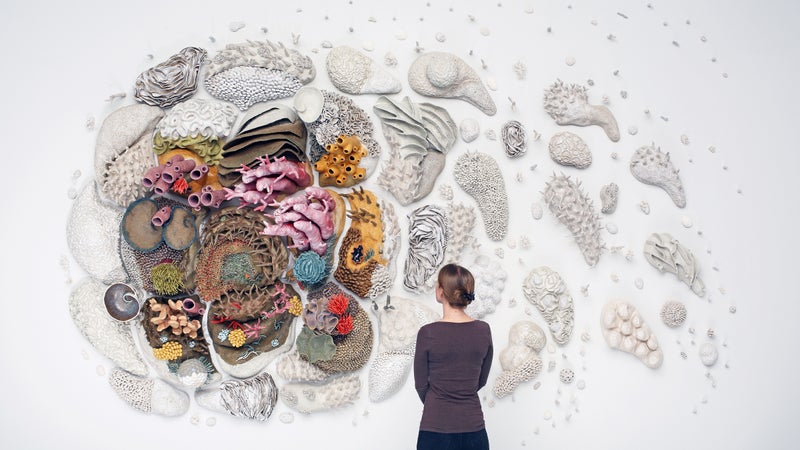
One of the challenges in communicating the scope of environmental change is that we mostly can’t see it. With coral reefs, though, the impact is clear: The water gets warmer, the corals bleach, and unless the temperature is stabilized, they deteriorate. “It’s like a city going bankrupt and letting the buildings fall apart,” says former marine biology student and sculptor . Her thousand-pound ceramic reef renderings show this process starkly, with white corals mixed into the vibrantly painted and meticulously detailed pieces. She lets her fingerprints show on the stoneware and porcelain corals, speaking to our potential role in recovering the fragile ecosystems by emphasizing the human element of the work. “If people see evidence of my hands in the work, they may relate more closely,” says Mattison. “I don’t want it to be too literal, because the point is to spark curiosity.”
Tamiko Thiel
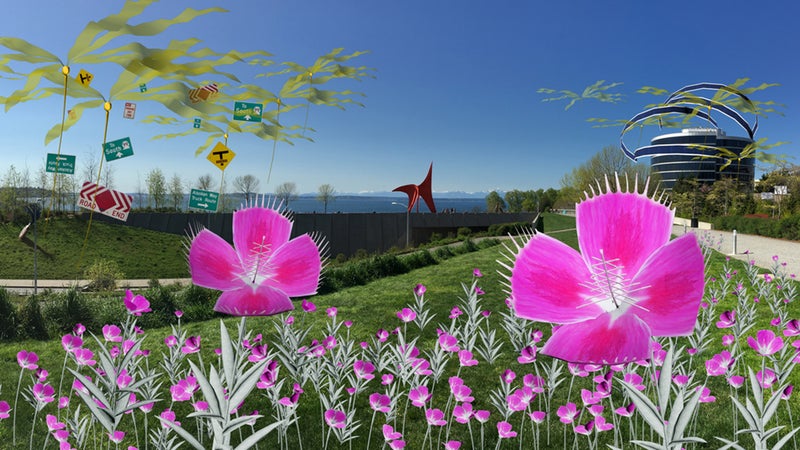
uses technology to illustrate the impact we have on the planet. Her Gardens of the Anthropocene virtual reality installation first appeared in and depicts a world overtaken by mutated versions of regional drought-resistant plants that feed on everything in sight—phones included. As an engineer, Thiel felt compelled to include factual data, but as an artist she wanted to complete the picture and pick up where the science (which she notes is couched in conditionals) stops. The series, now on view at Stanford University, is meant to entertain while stealthily urging viewers to do their part. “Humans only change when they see no other alternative in order to survive,” says Thiel.
Justin Guariglia
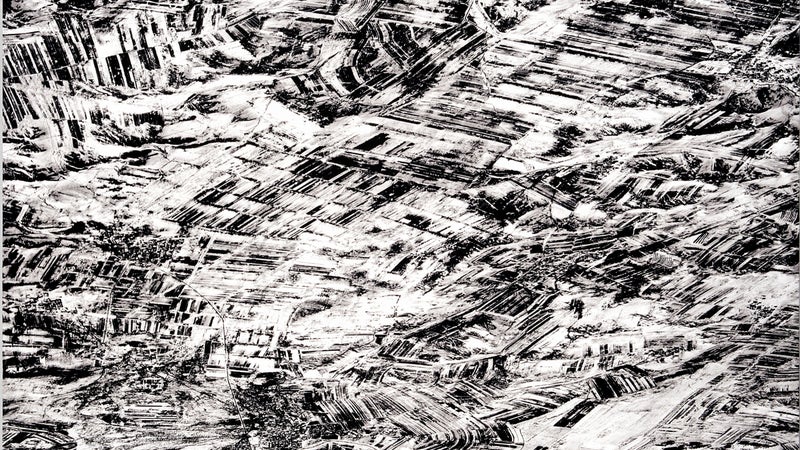
became one of the first artists in a decade to work with NASA when he joined the group on survey flights for as an independent artist in 2015. The aerial images obtained are impressive, but Guariglia takes it a step further by transforming the photos into topographical prints that pop off the canvas through a printing process he developed. His work will be presented in West Palm Beach, Florida’s in September. This year, Guariglia also , a selfie app with a filter that shows how high sea levels will rise by 2080 in New York. (Spoiler alert: If you’re near the city, you’ll be swimming with the fishies.)
Eve Mosher
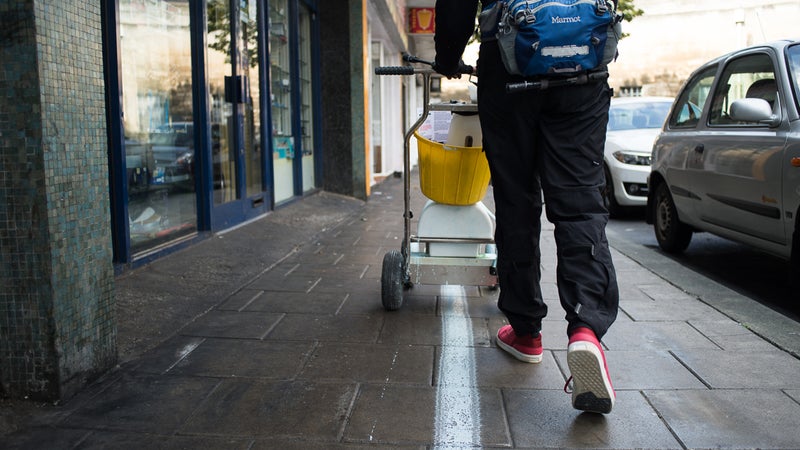
In 2007, artist took to the streets of Brooklyn with a baseball field chalker to trace a 70-mile line around the city marking the projected reach of a flood that could hit the coast within three to 20 years. Mosher’s project simplified complex data down to a clear-cut line that hit way too close to the literal home of thousands of New Yorkers. It got attention. Then Hurricane Sandy came along and proved the predictions true. Now, HWL has grown to include workshops, community outreach, and other public art installations in cities from South Florida to England. “Art can create the space needed to go from grief and shock of what is coming to action.”
Hannah Rothstein
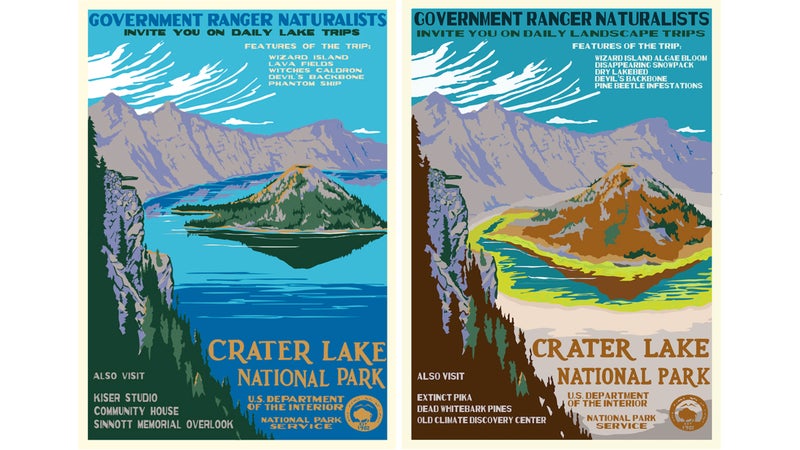
“I have been worried about climate change for a long time, and when I saw the systems designed to fight it being dismantled, I felt my time to pull out the art guns had come,” says illustrator . She drew from some of the most iconic images in U.S. history—vintage National Park posters—and reimagined seven of them to resemble their fated decline for 2050, only 33 years away. Although she stays away from politics, Rothstein has been pleasantly surprised to see people sending postcards of the prints to senators. “Instead of deepening our divisions,” she says. “I hope this project will inspire our country’s policymakers to put politics aside and focus on the greater good.”
Lisa Murray
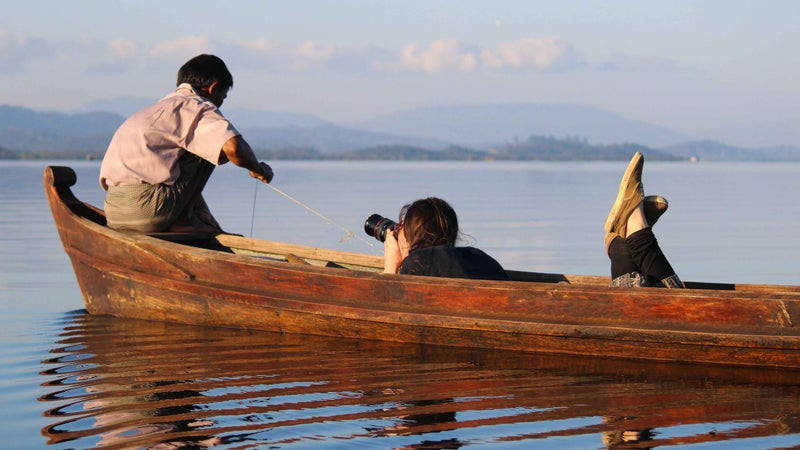
Photojournalist has seen firsthand how new weather patterns affect rural communities. She’s seen women in Kenya walk hours to get water for their families following periods of intense drought; healthy villages in South Sudan going hungry after flash floods wipe away the harvest; fishing communities in Indonesia disappearing due to erosion and rising sea levels. “In the West, climate change doesn’t impact on our lives the same way it does in the global South,” she says. “It’s easy for people to ignore it.” Murray launched Faces of Change to document how environmental issues impact the lives of real people without sensationalizing or harping on the negative. “ and everyday life enables us to understand the consequences of a warming planet on a human level,” says Murray.


